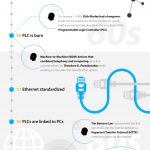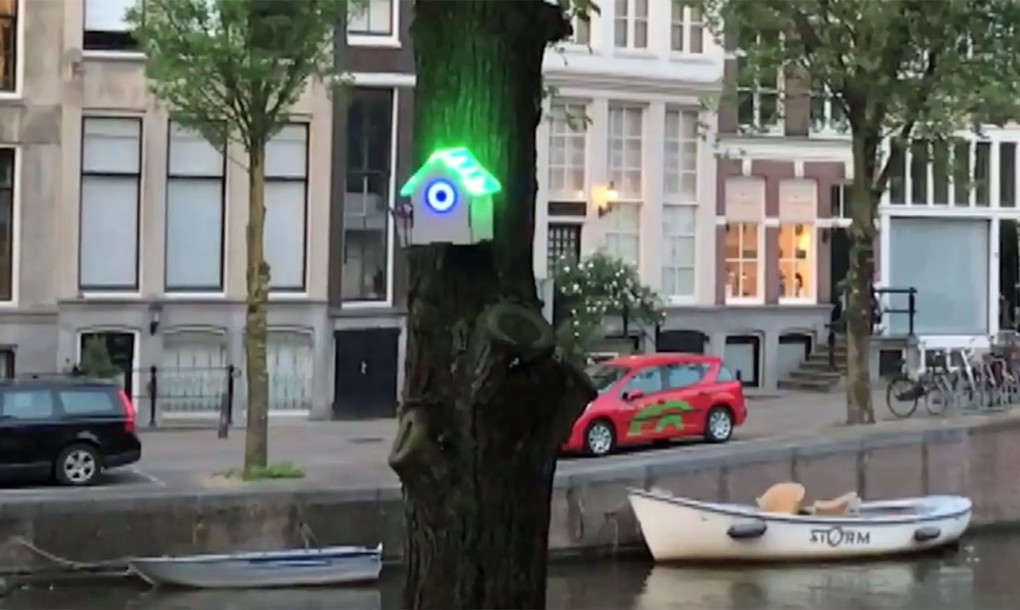Calm, cruel and connected: July’s best and worst of IoT
Calm, cruel and connected: July’s best and worst of IoT

It seems that every day a new IoT device or means to connect existing devices is revealed. With so much energy in being devoted to tell us how, when, where, what we can connect to each other, the “why” may be getting a little blurry. So we want to take a step back every now and take a critical look at the connected devices that actually go out and buy, right now.
Here’s what caught our eye, for all the right – or wrong – reasons:
Smart Handbags

While I’m not really the target market that lusts after luxury bags, I do know that if I was to purchase one, I would want proof that I was buying the real deal and not a cheap knock-off.
Electronics and smart systems company Thinfilm recently announced a partnership with Maria&Donato, a craftsman leather-goods manufacturer and provider of premium handbags. The two companies are integrating Thinfilm’s NFC SpeedTaü tags into Maria&Donato’s exclusive handbag collections to battle counterfeiting and address growing concerns of fraud within the broader luxury goods market. The smartphone-readable NFC tags will also enable consumers to learn more about the brand and the product, and purchase limited-edition handbags online.
SpeedTap tags are thin, flexible labels that integrate with a product’s packaging or label and can be read with the tap of an NFC-enabled smartphone. Each tag is uniquely identifiable and and is virtually impossible to clone. Once tapped, the tag wirelessly communicates with the cloud, instantly delivering authentication messaging, serial numbers, and other relevant content from the brand or manufacturer.
Verdict: Hit
KiBand

Children running away from their parents is an everyday problem. When I lived in Australia it was not uncommon to see children on leashes to stop them running across the road. Now there’s a wearable wanting to address this problem in a more technical way.
The Kiband is a wearable device designed for situations when children wander off in public places like parks, malls, grocery stores and public events. It’s a wristband, or ankle band if you prefer, with a patent-pending internal locking mechanism. A corresponding app and the power of Bluetooth track a child’s distance from a parent parent — up to about 200 feet — and emit a 95-decibel siren, the equivalent to a fire alarm, if they stray too far.
It also notifies the parents if the band is submerged in water for more than a few seconds. Surely the Kiband’s biggest failure, besides a sound fit to torture any human or animal in their vicinity, is that is does not utilize any tracking capabilities. The company admits that “Kiband’s goal is to prevent a lost child, not find a child after he or she is lost. GPS is not necessary in this application and ultimately lowers the cost of the product for you, the consumer.”
However it’s easy to imagine a willful child that would deliberately set off the alarm, making the much more peaceful child leash a far more appealing option. The product retails for $ 149 and is available on pre-order.
Verdict: Miss
Elvie

Pelvic floor dysfunction encompasses a range of health conditions that can affect up to 60% of women at a stage of life. Elvie is a wearable device that facilitates exercise therapy to successfully treat these conditions. It’s a connected pelvic floor exerciser worn internally short periods of time and gives the user real-time feedback as they undertake a series of pelvic floor exercises. This includes detecting if you are exercising incorrectly using motion sensors, while the force sensors measure the strength of your squeeze. Bluetooth connects to the app, allowing you to visualize each exercise. Each device retails at $ 22o.
Verdict: Hit
Dubstein

When people write articles about the utilization of “technology for technology’s sake,” I suspect this is the kind of devices they are thinking about. Dubstein is dubbed by company Dubgear as “the world’s first Bluetooth stereo speaker with beverage integration”. Basically it’s an insulated drink cozy that connects wirelessly via Bluetooth to Smartphone, MP3 player, tablet or computer. Dubstein assures us that “your tunes have never tasted so good” It could be a fun novelty product except for the C$ 129 price tag. Maybe if it actually made me coffee I’d be more interested.
Verdict: Miss
Tree Wi-Fi

Air pollution is one of the problems of modern society where the Internet of Things can be part of the solution. Amsterdam based start-up TreeWiFi are building birdhouses that measure air pollution and make the levels of pollution visible through an LED status light. Obviously visibility is only one part of the tools needed to fight pollution.
TreeWifi take this a step further. When the server detects an improvement in air quality, it allows the birdhouse to share it’s internet connection with everyone in the street. Users that connect to the network get tips & tricks on how to improve air quality locally before going online. It’s an innovative way to tackle a problem where residential engagement can be difficult.
Verdict: Hit
Porkfolio

Moving to a country where cash is king and coins are still in existence has taken some getting used to. Getting rid of small change can be a challenge. But now there’s Porkfolio, a smart piggy bank that enables you to track your balance and set goals through a corresponding app. The nose lights up each time a coin is added and I can see why at a glance, this would be a good introductory product to get children interested in saving money.
But I’m not convinced coins are the future. I’d be more impressed if the pig converted coins to bitcoins or at least notes or took my money to the bank for me.
Verdict: Miss
The post Calm, cruel and connected: July’s best and worst of IoT appeared first on ReadWrite.
(78)













